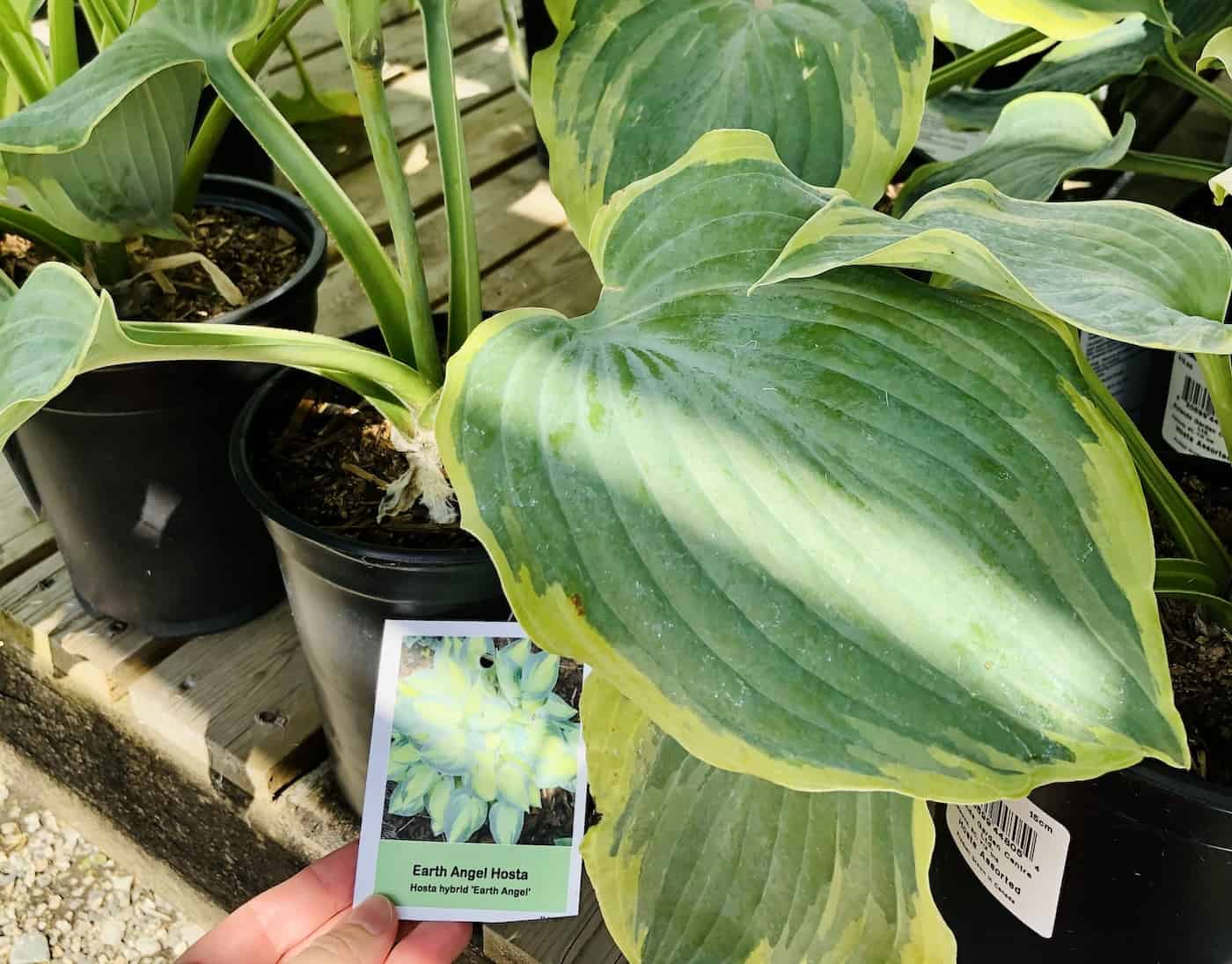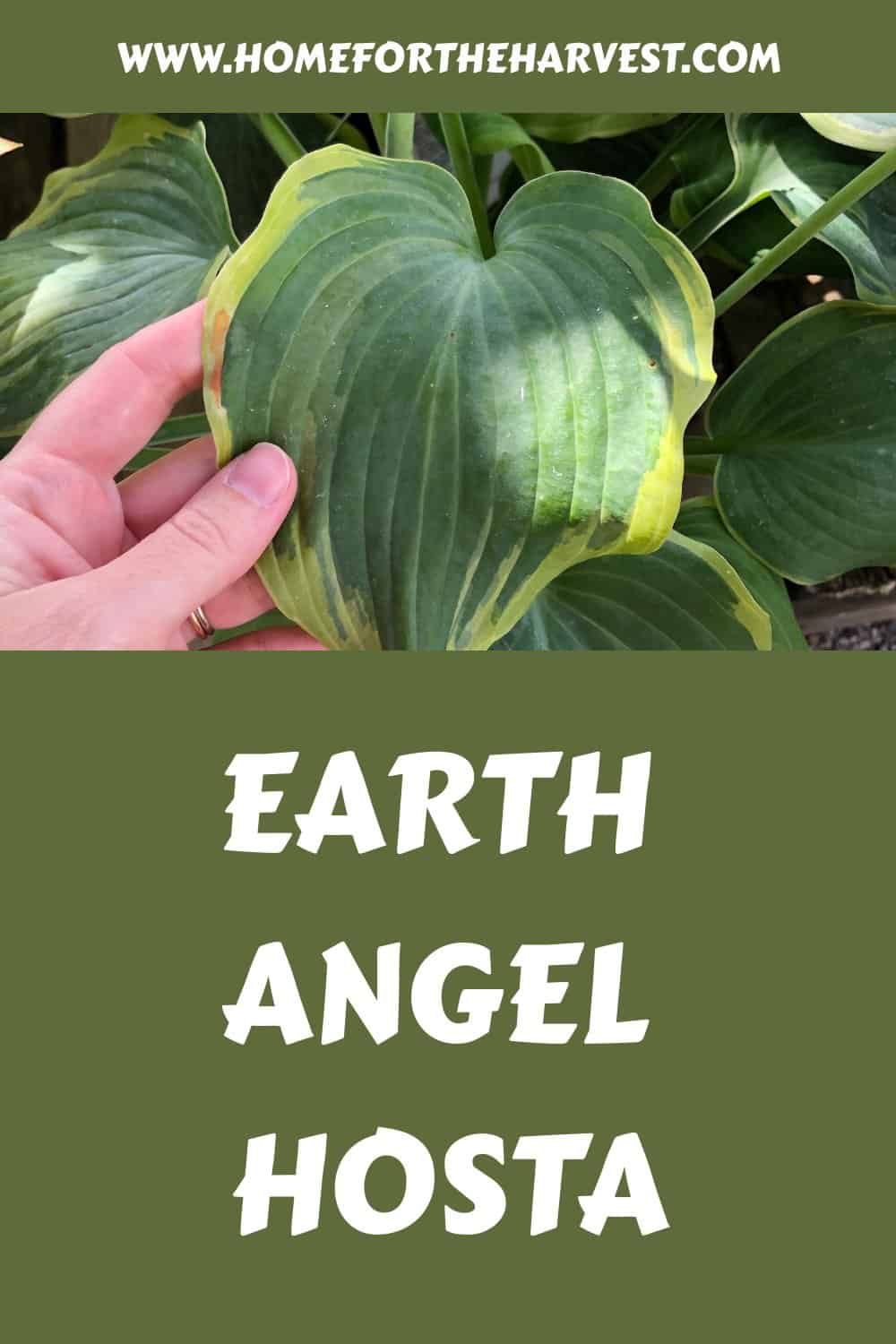Earth Angel hosta is a very large-sized hosta variety with big matte blue-green streaked, variegated leaves and pale lavender flowers. These stunning specimen plants grow best in partial shade. Earth Angel is one of the best large variegated hostas with a mature size of 5 feet wide and 2-3 feet tall. It grows well in zones 3-9 and prefers well-drained, slightly acidic soil.
Introduction to the Earth Angel hosta
The Earth Angel hosta is a beautiful plant that can be found in shade gardens and low-light landscapes throughout the United States. Hostas are generally easy to grow and low-maintenance in the landscape.
Hosta plants are hardy perennials that can thrive in a variety of climates in zones 3-9 across North America. While tolerant of clay soil, hostas grow best in sandy loam soil rich in organic matter and with a pH of about 6 (slightly acidic).
Earth Angel hostas tend to grow about 5 feet wide and 2-3 feet tall. Each leaf can be up to a foot long on mature plants, often twisting (and with a wavy edge). The flowers grow on stalks that are just over 3 feet tall, blooming right above the variegated leaves.
The Earth Angel hosta has large, blue-green, heart-shaped leaves with chartreuse green-yellow margins. In the late summer and early fall, the earth angel hosta produces white, bell-shaped flowers that are loved by bees and butterflies.
The Earth Angel hosta was bred by Hans Andrew Hansen of Walters Gardens in Michigan and introduced in 2002. This variety originated as a sport of the famous ‘Blue Angel’ hosta, bred by hosta hybridizing pioneer Florence Shaw. The Earth Angel Hosta was named the 2009 Hosta of the Year by the American Hosta Society.
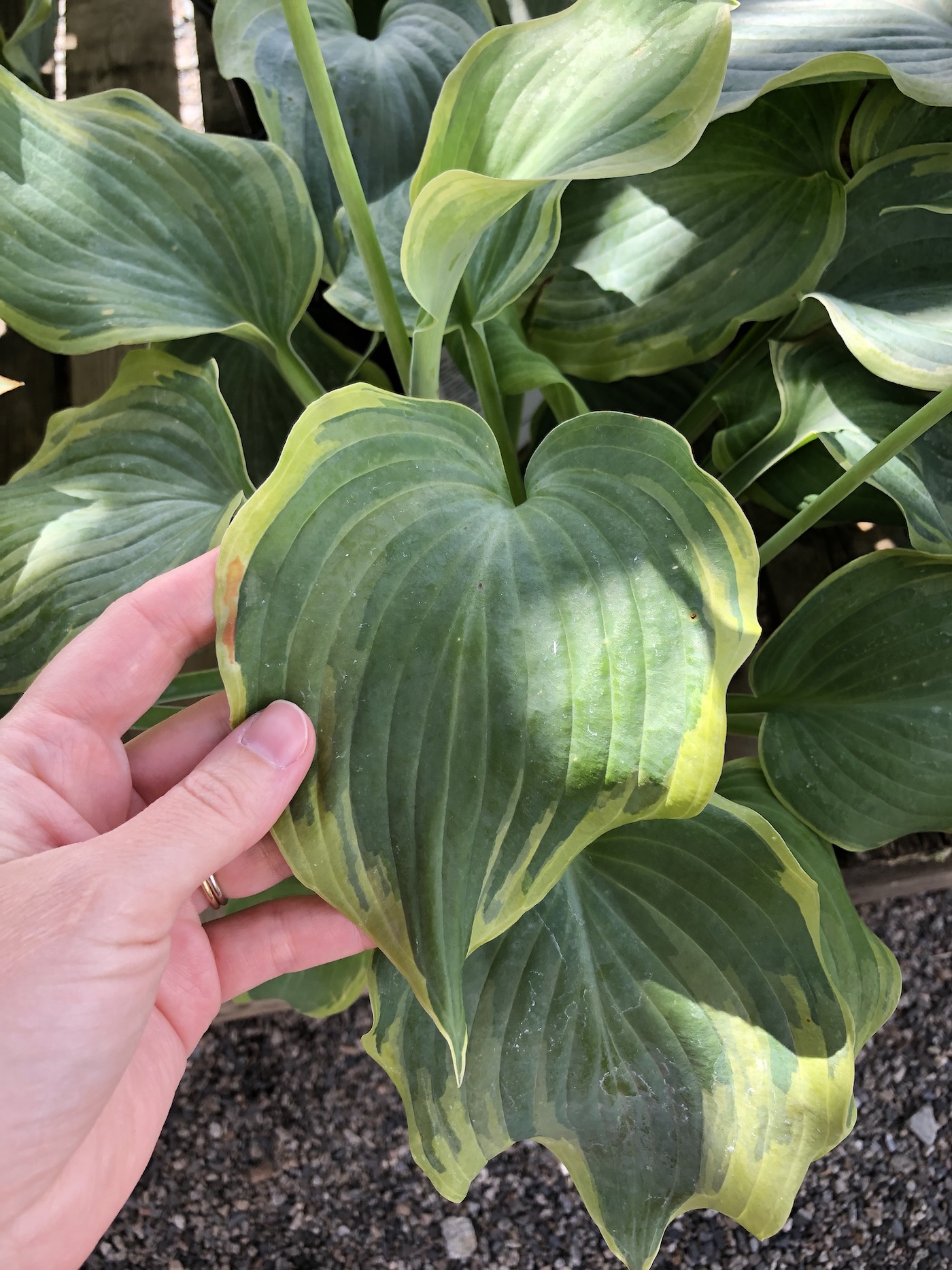
Where to plant Earth Angel hosta
Earth Angel is a large hosta that prefers shade. Find a spot that doesn’t get more than 4-6 hours of direct sunlight, if possible. Some direct sunlight in the morning can bring out the contrast in the variation, but avoid direct sunlight in the afternoon (especially in Zones 7-9 or anywhere with harsh sunlight).
Be sure you have enough room for this hosta to spread out to its mature width of 5 feet. This variety does best when divided frequently, so there will be the opportunity to move it later on if desired.
Light requirements
The Earth Angel hosta does well in partial shade but can tolerate the morning sun in zones 3-7. For the best contrast in the variegation, choose a planting location that will provide your plant with several hours of sunlight per day. Sunlight should be dappled in the morning in the hottest climates (zones 8-9).
Soil requirements
Hostas do best in sandy loam soil that is rich in organic matter. You can improve less-than-perfect soil by mixing in organic matter like compost prior to planting, as well as by mulching with organics each year. In terms of pH, hosts prefer slightly acidic soil with a pH of 6.
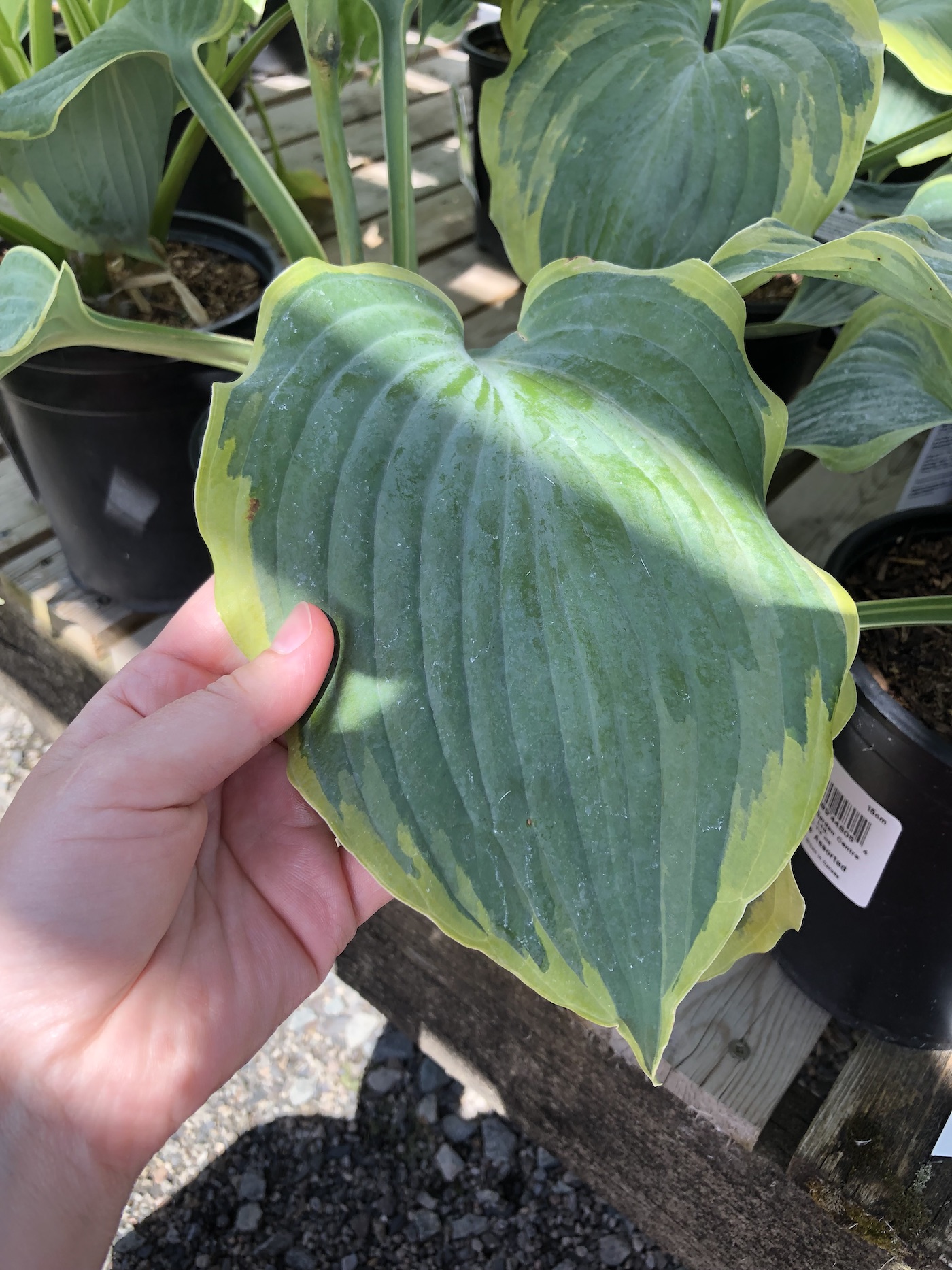
When to plant Earth Angel hosta
The best time to plant Earth Angel hosta is in the spring after the last frost date for your area. This will give your plant time to establish a strong root system before the hot summer weather arrives. That said, you can plant hostas any time of year as long as the soil isn’t frozen. Just be sure to water very frequently in hot weather.
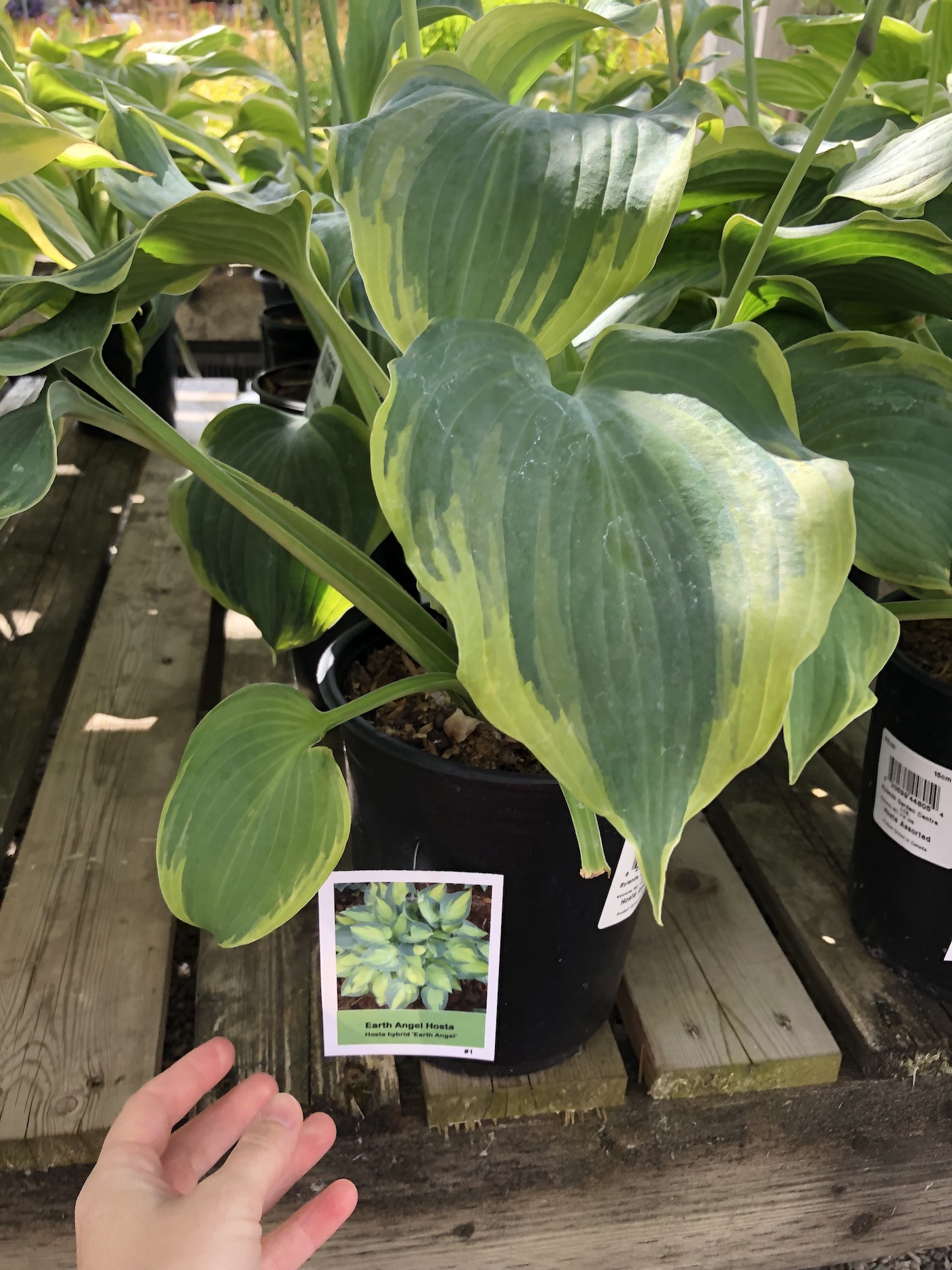
How to plant Earth Angel hosta
Hostas are generally quite easy to plant. Be sure to start with a well-watered healthy specimen. Here are the basic steps:
- Prepare the soil by mixing in some organic matter like compost.
- Dig a hole that is twice as wide as the root ball and just deep enough so the plant will be at the same level it was in the pot.
- Carefully remove the earth angel hosta from its pot, being careful not to damage the roots. If the roots are winding tightly around the bottom of the root ball, gently pull them loose so that they are free to grow outwards.
- Place the plant in the prepared hole and backfill it with soil, being careful not to bury the crown (where the leaves emerge from the soil).
- Water well and mulch with organic matter like compost or shredded leaves.
Need more help? Here are the detailed steps for how to plant hostas.
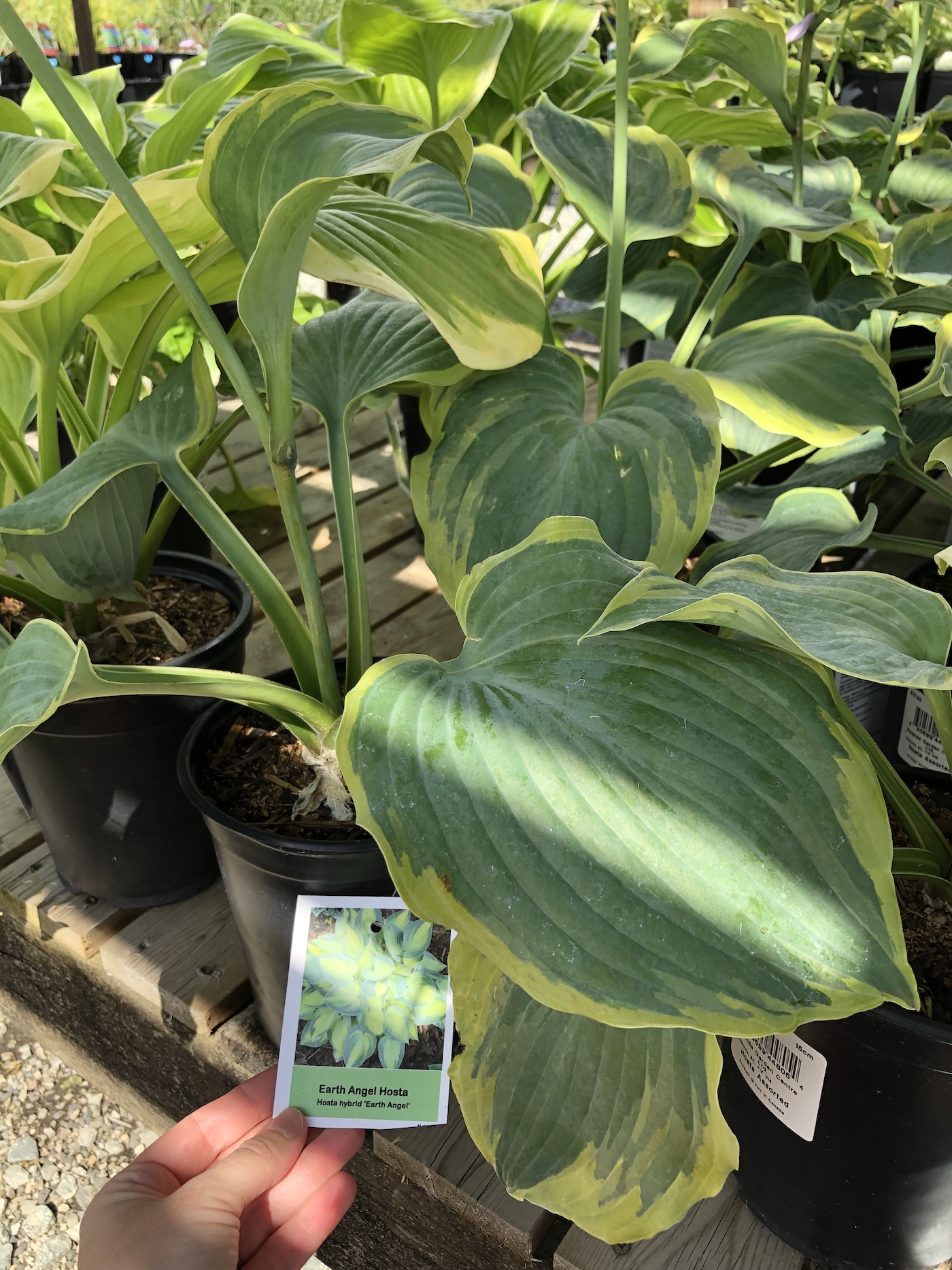
How to care for Earth Angel hostas
Earth angel hostas are easy to care for, especially if you get them off to a good start. Keep them well-watered and watch for signs of problems.
Watering requirements for hostas
Water earth angel hosta plants regularly, keeping the soil moist but not wet. In very hot weather, you may need to water them several times a week when first planted. Established plants are generally drought-resistant but will grow best when watered weekly in all but the rainiest climates.
Fertilizing hostas
Hostas generally don’t need much fertilizer. A light application of compost in the spring is usually all they need. That said, for truly thriving hostas, most gardeners do like to feed them (mainly in the spring but also in the early summer). If you want to use a hosta fertilizer, choose one that is high in nitrogen. Nitrogen is commonly deficient in residential soils and is key for growing lush green leaves.
Pruning hostas
Hostas don’t require much pruning. Just remove any dead or dying leaves throughout the growing season. The entire plant can be cut back to ground level in late fall after hard frost has killed the leaves.
Companion plants for earth angel hosta
If you’re looking for good companion plants for Earth Angel hosta, you’ve come to the right place. This versatile plant does well with a variety of other plants, making it easy to create a beautiful garden. Here are some of our favorites:
- Ferns: Ferns are a classic companion plant for hostas. They have similar growing requirements and prefer shady locations. They also add a touch of elegance to any garden.
- Lilies: Lilies are a great choice if you’re looking for colorful companion plants for Earth Angel hosta. They come in a variety of colors and can add a real pop to your garden. While they grow best in full sun, they can still flower in partial sun in front of a larger hosta like this.
- Ornamental grasses: Ornamental grasses, like Japanese forest grass, are another good choice for companion plants. They are low-maintenance and can provide contrast in both color and texture.
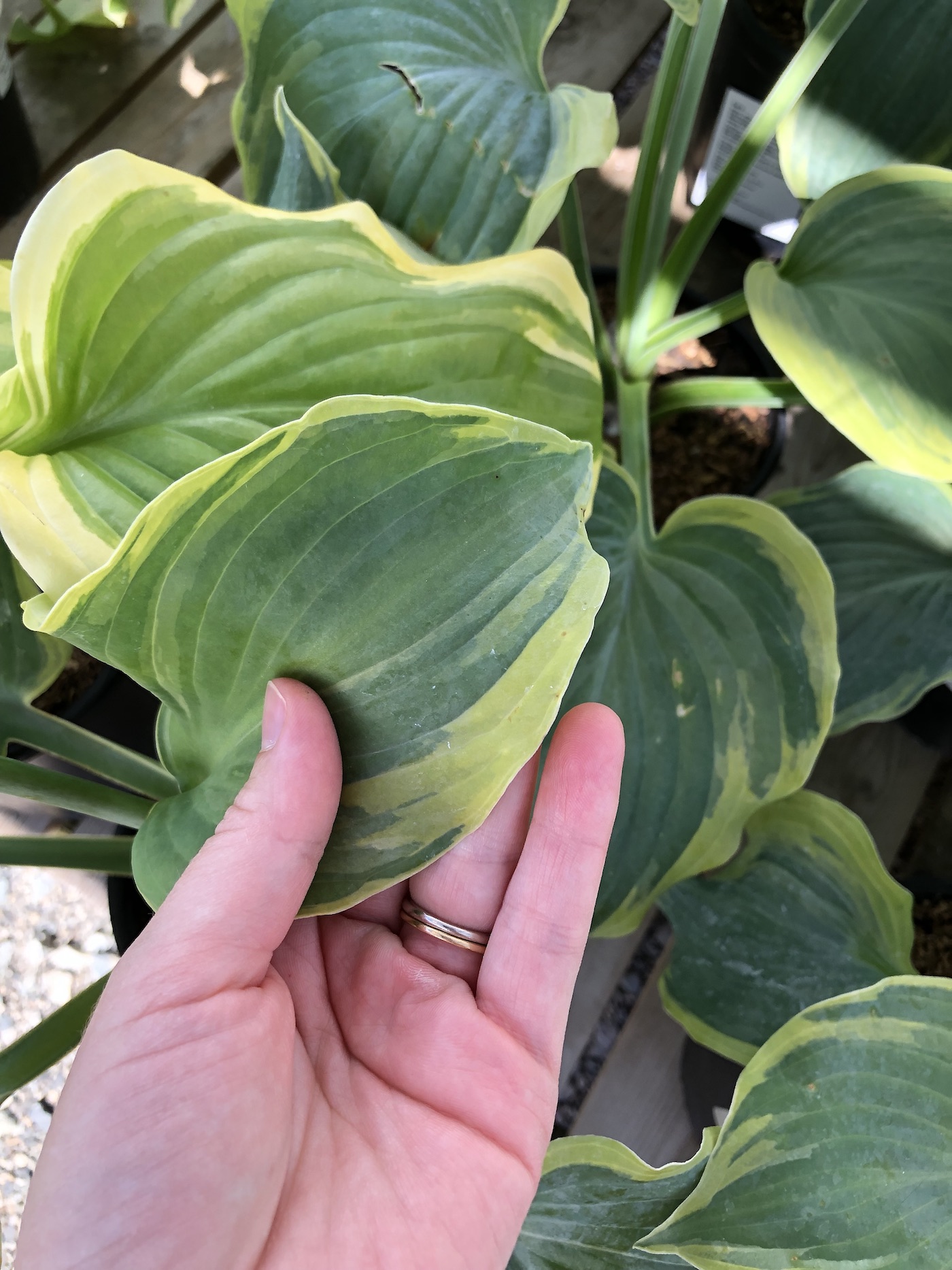
Pests affecting Earth Angel hosta
There are a few common garden pests that can affect Earth Angel hostas. These include slugs, snails, and aphids. Slugs and snails love to munch on hosta leaves, so be sure to keep an eye out for them. Aphids can also cause problems, but they are generally more of a nuisance than a serious threat. If you do find pests on your hostas, be sure to remove them by hand or use an organic pest control method.
Diseases affecting hostas
There are a few common plant diseases that can affect Earth Angel hostas. These include foliar nematodes, petiole rot, and Hosta Virus X. Foliar nematodes are tiny worms that live in the leaves and can cause them to yellow and die. Petiole rot is a fungal disease that affects the stems of hostas. Hosta Virus X is a viral disease that can cause stunted growth, mottled leaves, and flower bud death. If you suspect your hosta has any of these diseases, be sure to contact your local Cooperative Extension office for diagnosis and treatment options.


